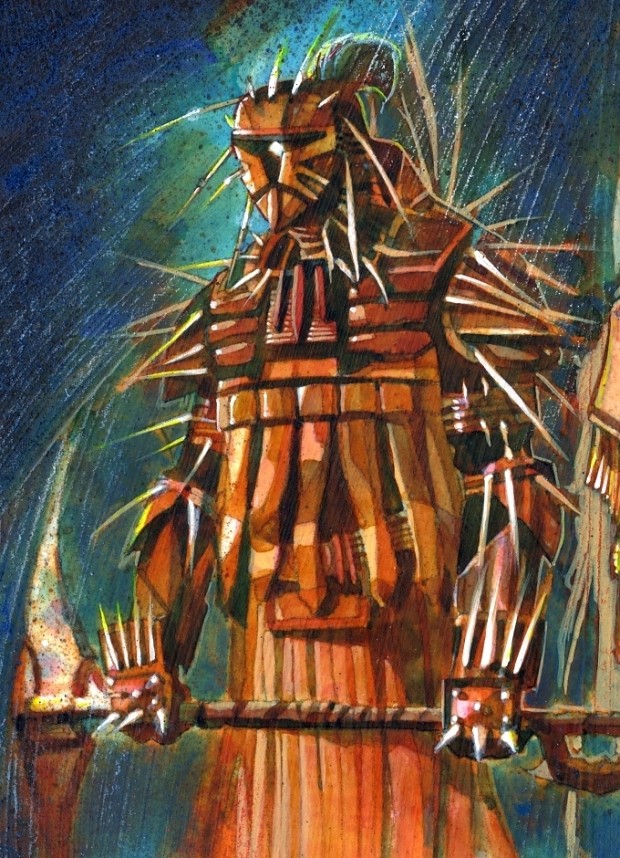Mandalorians
Hobbies & Interests
Welcome to Mandalore ner vods! Spread the word that the Mandalorians are back and waiting! Munit Oya'cyir Manda'yaim!
Akaanati'kar'oya—or the The War of Life and Death, when translated from the Mando'a language into Galactic Basic Standard—was a Mandalorian creation tale told of in Mandalorian mythology. In the time of the Mandalorian Crusaders and Neo-Crusaders, the Akaanati'kar'oya was regarded literally, as a factual tale with events that truly happened in the ancient past. However, as the Mandalorian culture continued to grow through the centuries, later Mandalorian soldiers took to viewing the Akaanati'kar'oya and others myths like it allegorically, as parables not to be viewed in a literal sense, but to be interpreted for an underlying philosophical meaning.
Kad Ha'rangir was a deity in the ancient Mandalorian religion. Known as the destroyer god, the vigorous Kad Ha'rangir was viewed by the Mandalorians as the bringer of change and growth upon the universe. Kad Ha'rangir opposed the the sloth-god Arasuum—the personification of idleness and stagnation—in a war that spanned eternity.
The ancient Mandalorians waged ritual warfare as a means of worship to Kad Ha'rangir, seeking his favor as they defied the temptations of idle consumption offered by Arasuum. These warriors became known as Mandalorian Crusaders, a reflection of the holiness embodied by the conflict they engaged in, and viewed their clans as Kad Ha'rangir's chosen people.







I bet it's a pain in the *** to take the armor off.
The God of eternal war doesn't take off his armor. He takes off yours. ^^